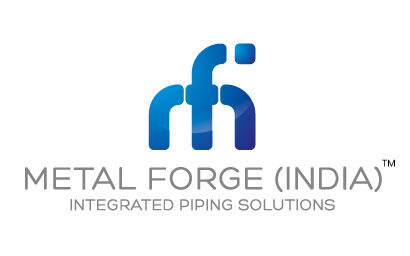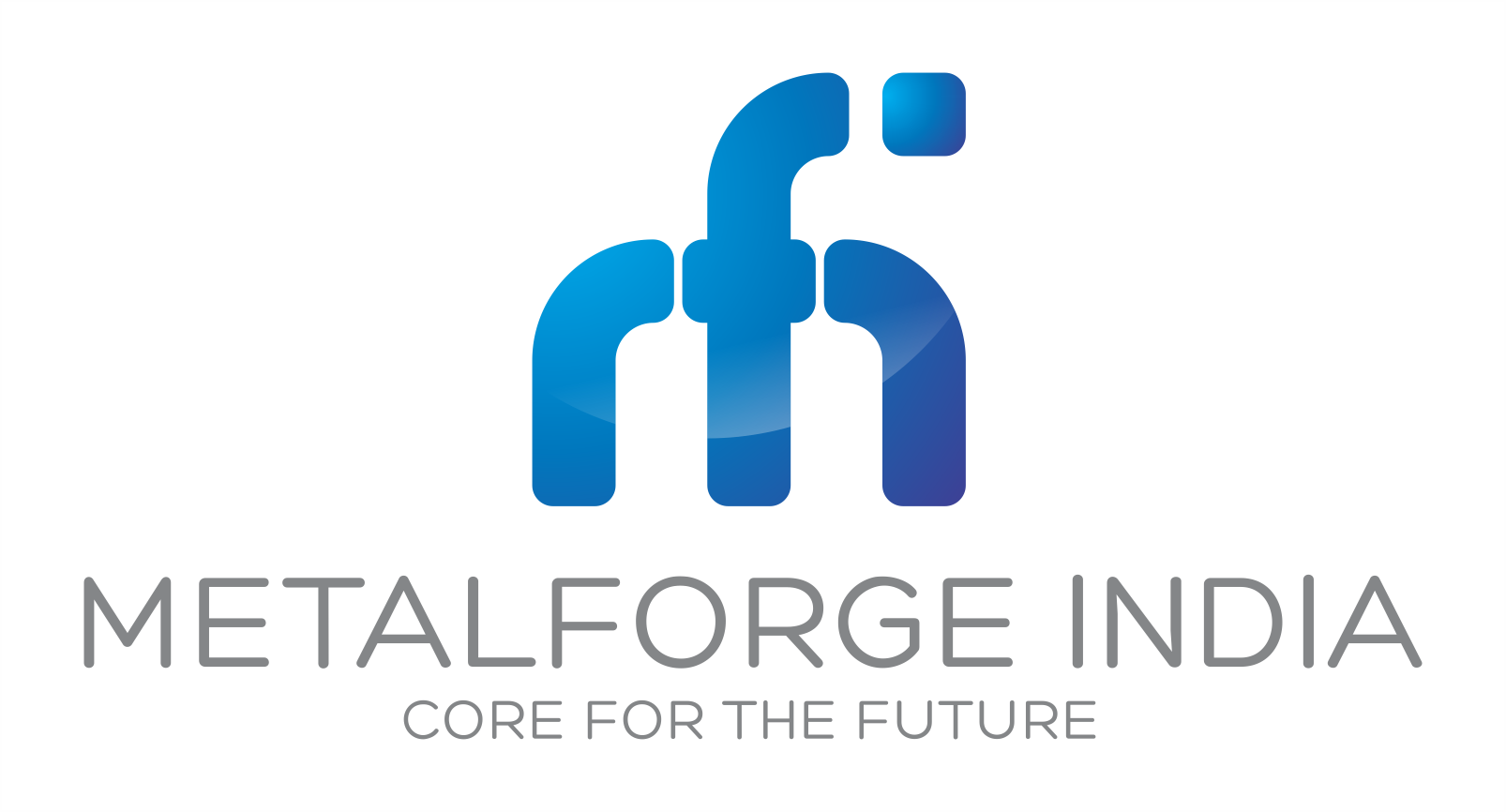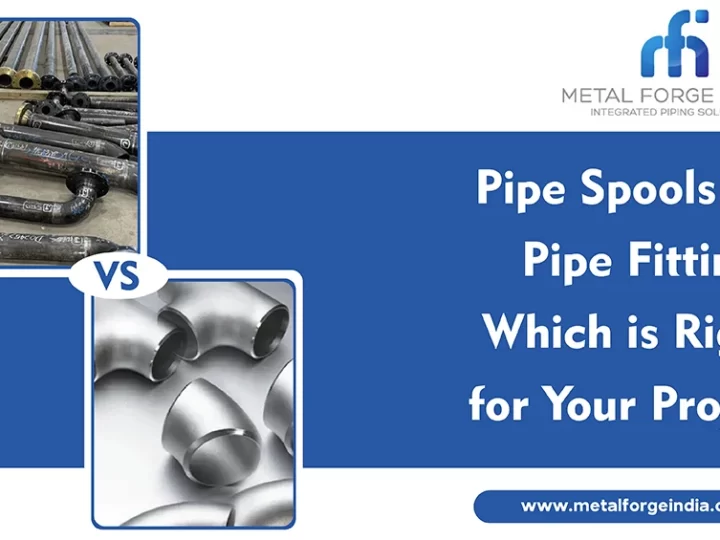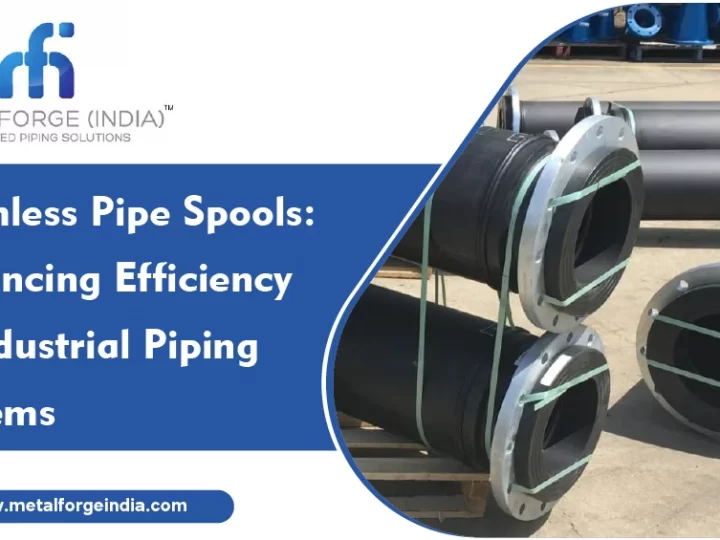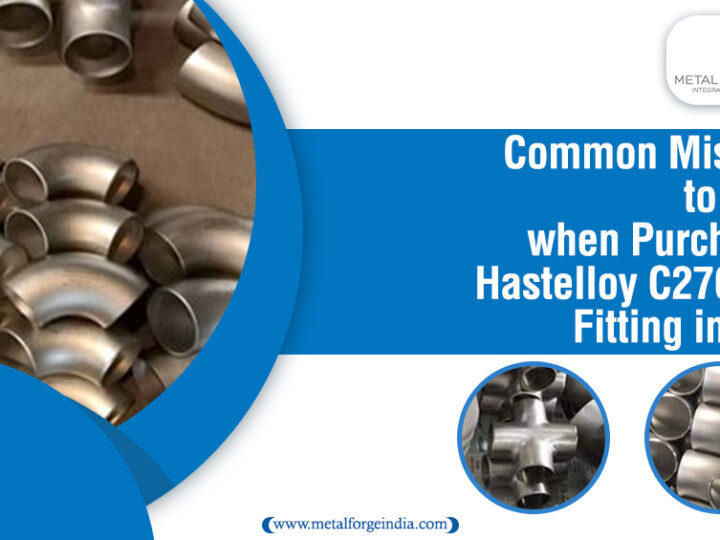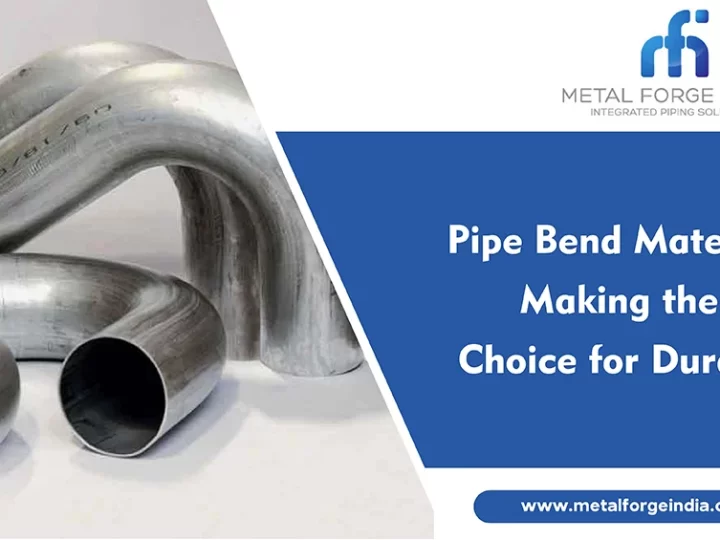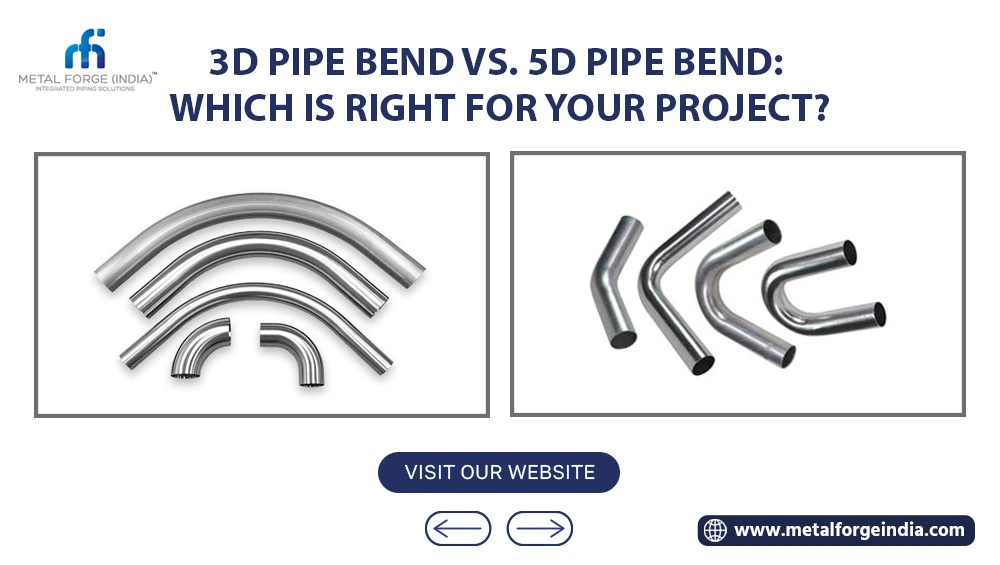
When it comes to piping systems, the choice between 3D and 5D pipe bends can have a significant impact on the overall efficiency and effectiveness of a project. Understanding the differences between these two options is crucial for making informed decisions. In this blog post, we will explore the characteristics of 3D pipe bend vs 5D pipe bend, the advantages and disadvantages of each, and considerations for selecting the right option for your specific project requirements.
Understanding Pipe Bends
-
Exploring 3D Pipe Bends
3D pipe bends are known for their relatively tight radius, making them suitable for applications where space is limited. These bends are often used in industries where the layout of the piping system demands a more compact design. The shorter radius of 3D pipe bends allows for sharper turns, making them ideal for navigating around obstacles or fitting into confined spaces.
-
Unveiling 5D Pipe Bends
On the other hand, 5D pipe bends feature a larger radius compared to their 3D counterparts. This characteristic results in a gentler curve, which can be advantageous in scenarios where a smoother flow of fluids or gases is required. The longer radius of 5D pipe bends reduces the risk of turbulence and pressure drops, making them suitable for applications where maintaining a consistent flow is essential.
Comparing the Two Options
-
Advantages of 3D Pipe Bends
3D pipe bends offer several key advantages in various industrial and commercial applications. Their ability to navigate tight spaces and complex layouts is particularly valuable in industries such as oil and gas, chemical processing, and HVAC systems, where space constraints are common. The compact design of 3D bends not only allows them to fit into tight spaces but also contributes to cost savings by minimizing the need for additional piping or fittings.
Furthermore, 3D pipe bends provide improved flow characteristics compared to traditional 2D bends, as they reduce pressure drop and turbulence in the piping system. This can lead to enhanced overall system efficiency and reduced energy consumption. Additionally, the smooth internal surface of 3D bends minimizes friction and wear, which can help extend the lifespan of the piping system and reduce maintenance requirements.
In industries where corrosion and erosion are significant concerns, 3D pipe bends made from corrosion-resistant materials such as stainless steel or alloy metals offer superior durability and longevity. This not only reduces the frequency of replacements but also enhances the reliability of the overall system.
3D pipe bends can be customized to meet specific project requirements, allowing for greater flexibility in design and installation. With advancements in manufacturing technologies, such as computer-aided design (CAD) and additive manufacturing, complex and intricate 3D bends can be produced with high precision and accuracy, further expanding their application in diverse industries.
-
Advantages of 5D Pipe Bends
Additionally, 5D pipe bends also provide greater flexibility in the layout and design of piping systems, allowing for more efficient and space-saving installations. The larger radius of the 5D bend also reduces the need for additional fittings and supports, saving on material and labor costs during installation.
Furthermore, 5D pipe bends are known for their durability and resistance to corrosion, making them a reliable choice for various industrial applications. Their ability to withstand high temperatures and pressures also makes them suitable for use in demanding environments such as oil and gas, chemical processing, and power generation. Overall, the advantages of 5D pipe bends make them a preferred choice for many piping system designs.
-
Considerations for Selection
When deciding between 3D and 5D pipe bends, several factors must be taken into account, including the specific requirements of the project, space limitations, flow dynamics, and budget considerations. It is essential to evaluate the trade-offs between space optimization and flow efficiency to determine the most suitable option for the given application.
Conclusion
Metal Forge India helps you choose between 3D and 5D pipe bends is a critical decision that can significantly impact the performance and cost-effectiveness of a piping system. While 3D bends excel in compact layouts and space-constrained environments, 5D bends offer superior flow characteristics and reduced pressure losses. By carefully evaluating the unique requirements of each project, including space limitations, flow dynamics, and budget constraints, project managers and engineers can make informed decisions to select the most appropriate option for their specific needs.
When it comes to selecting a pipe spool manufacturer or supplier, it is crucial to partner with a reputable and experienced company that can provide high-quality products tailored to the unique demands of the project. By working closely with a reliable manufacturer or supplier, project stakeholders can ensure that they receive the most suitable pipe spools, including 3D and 5D pipe bends, to meet their project requirements.
